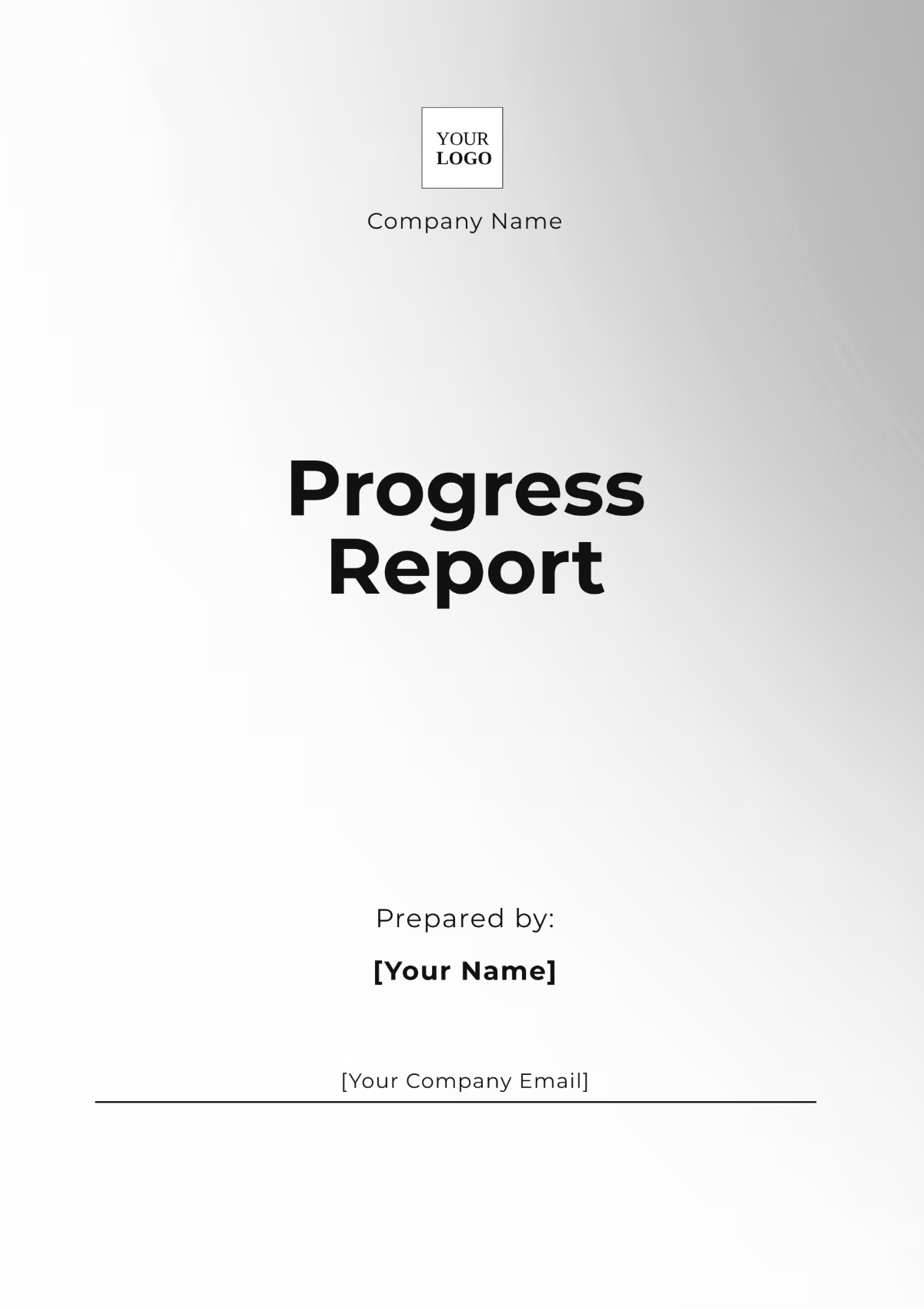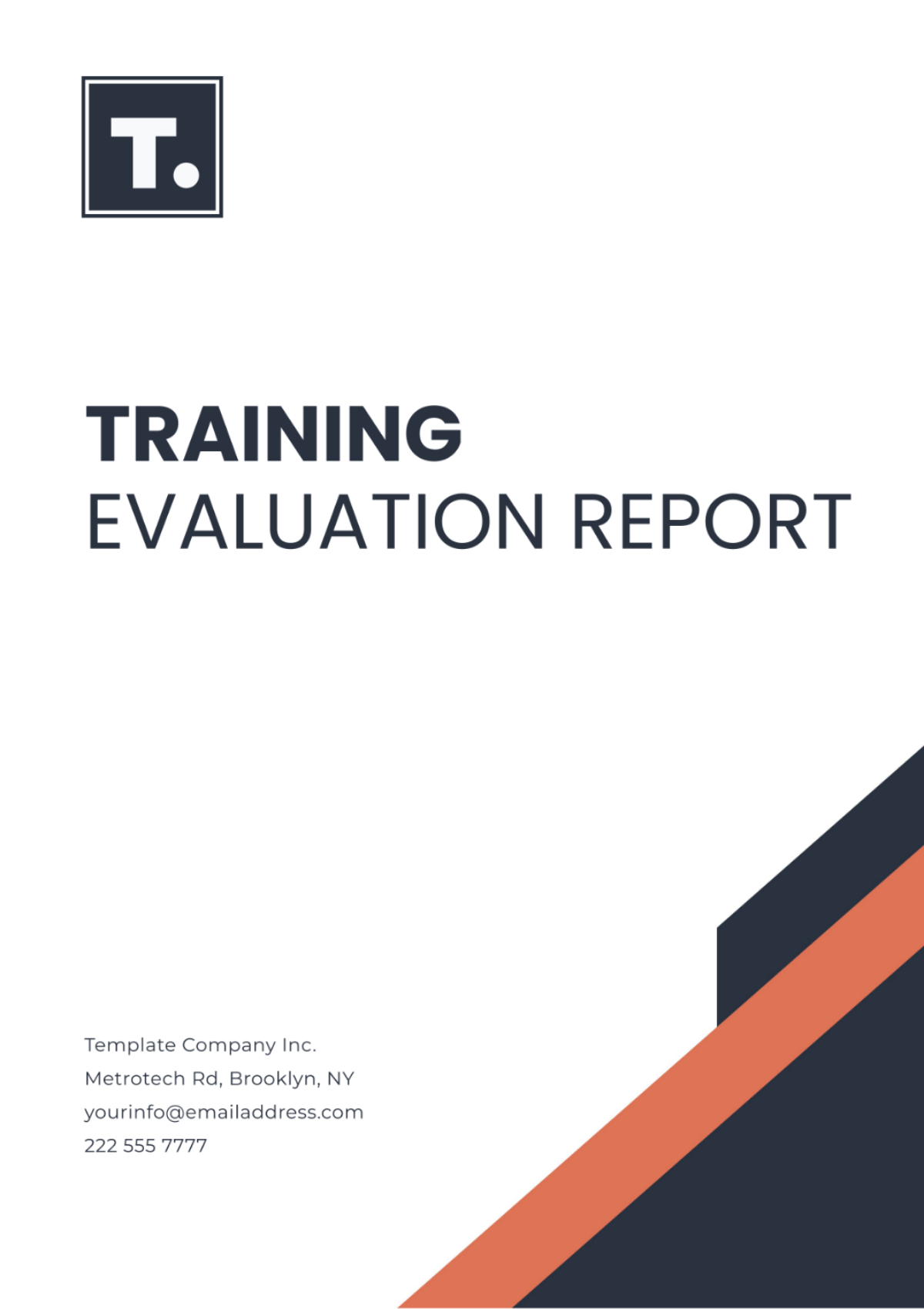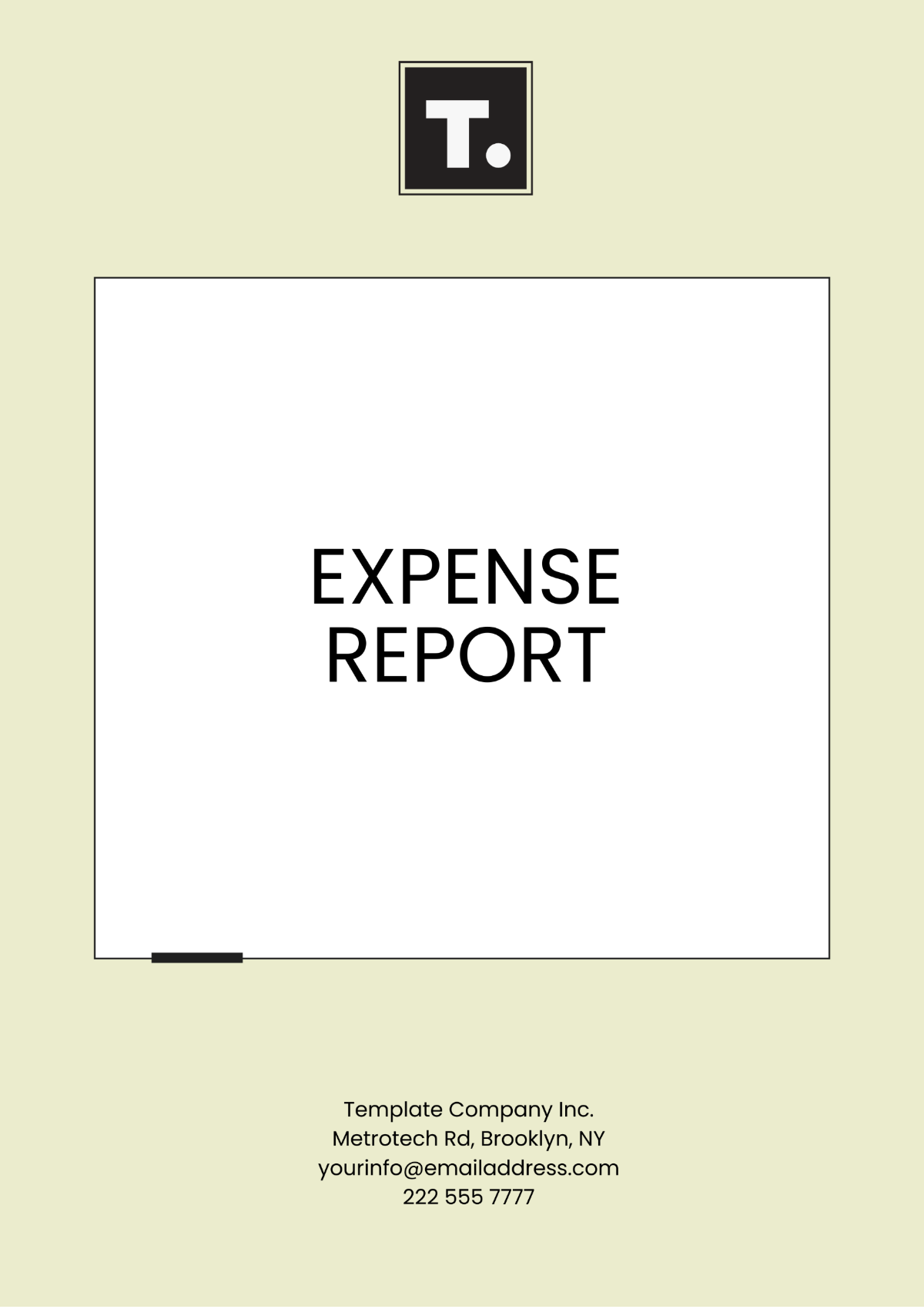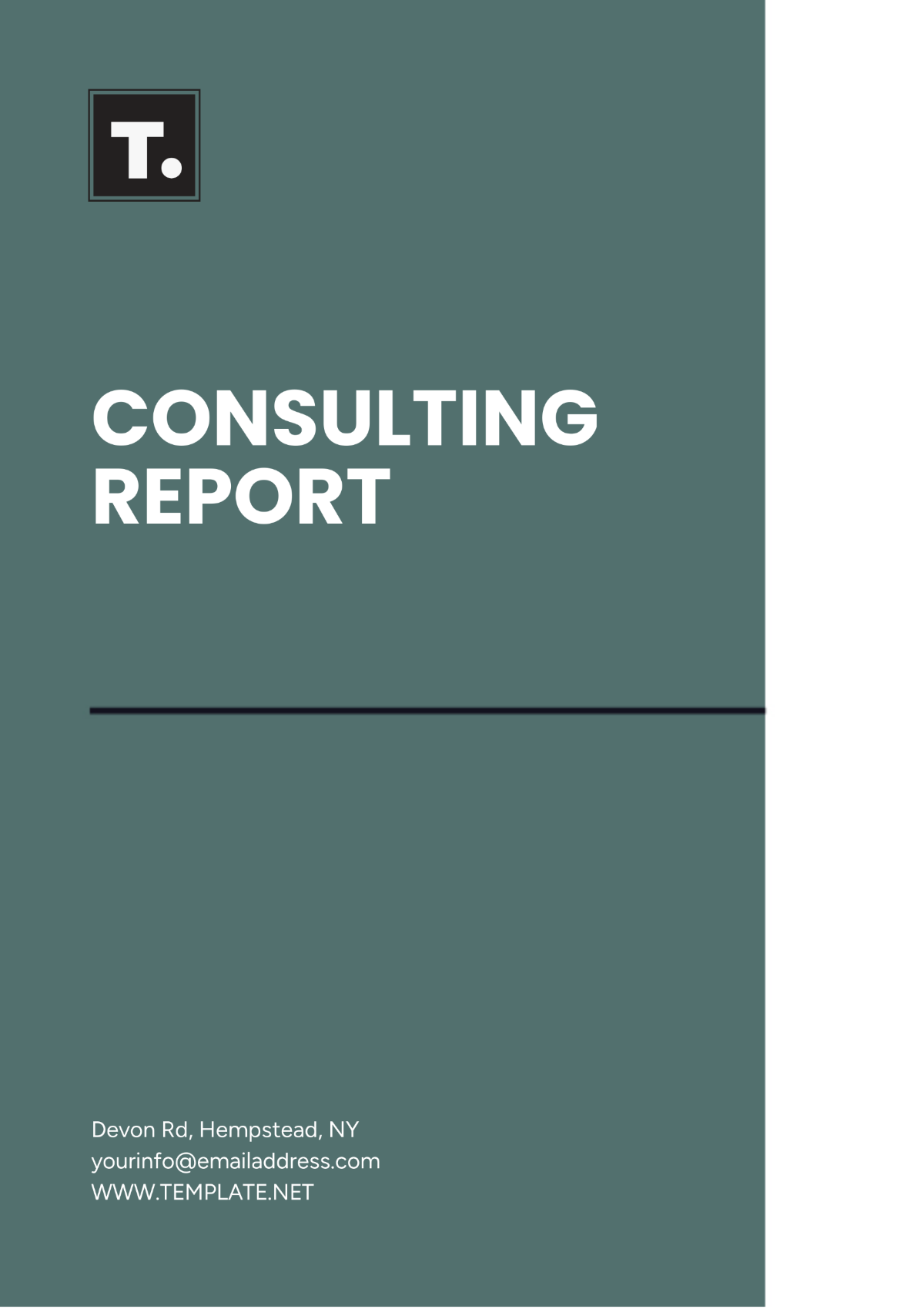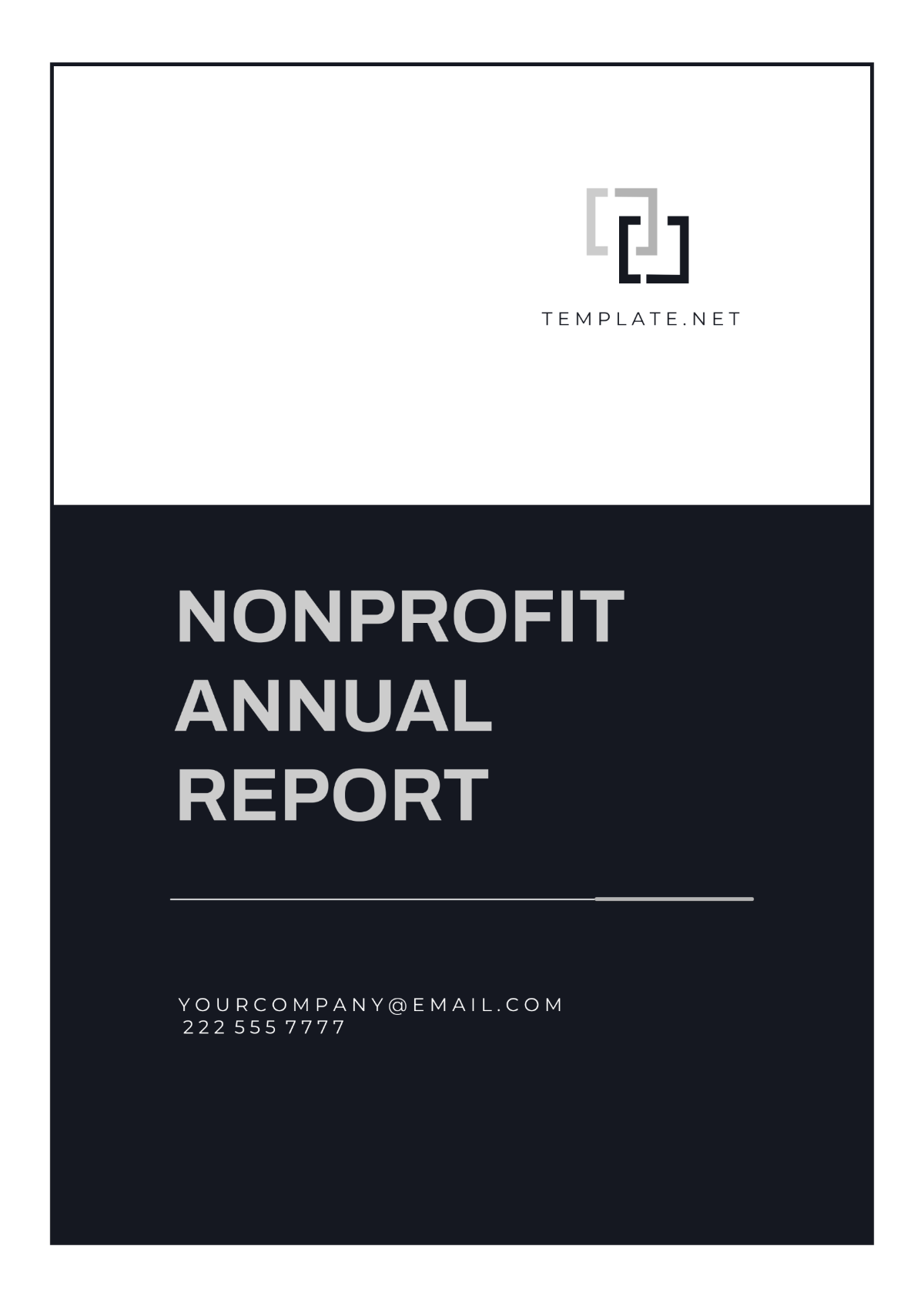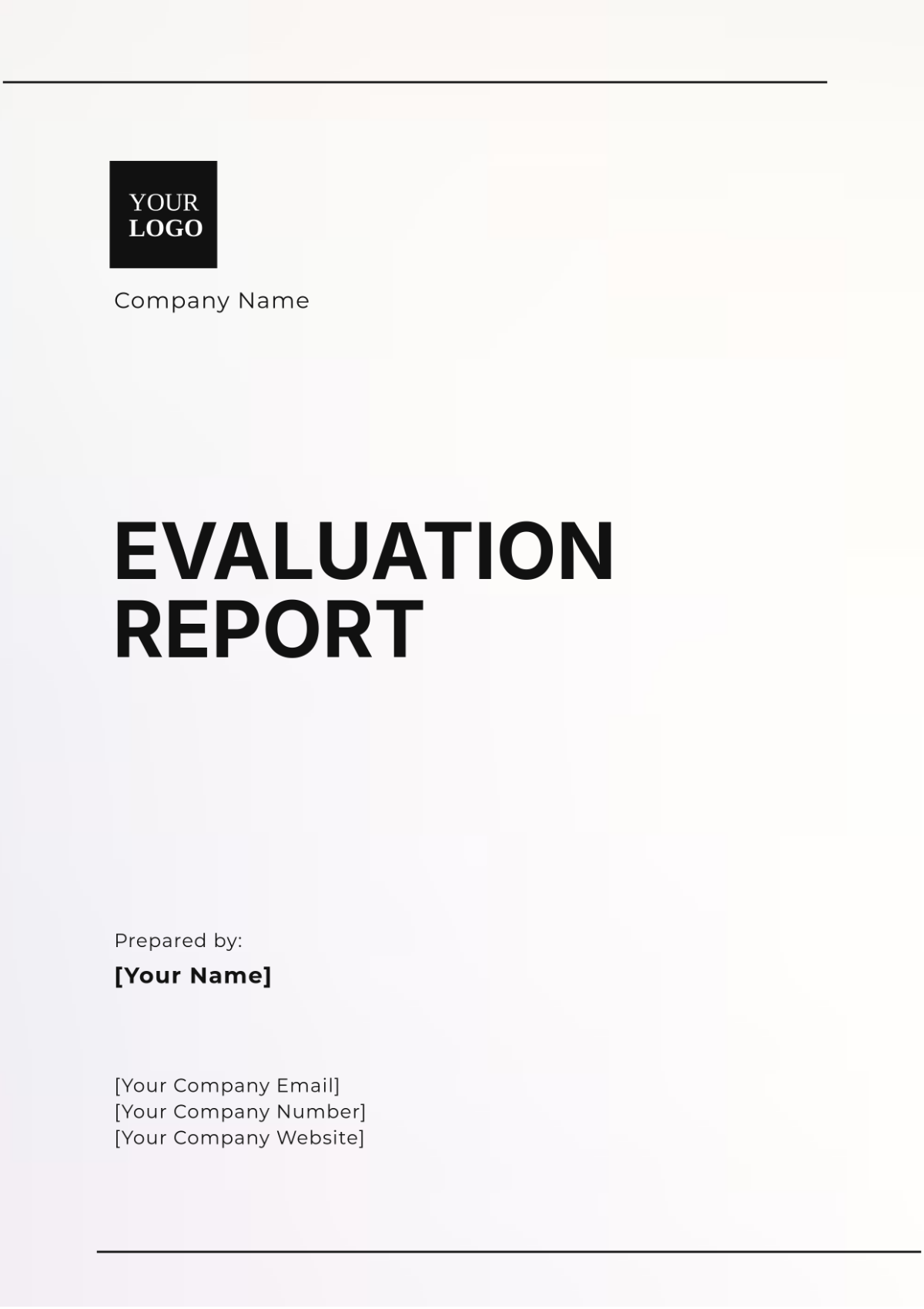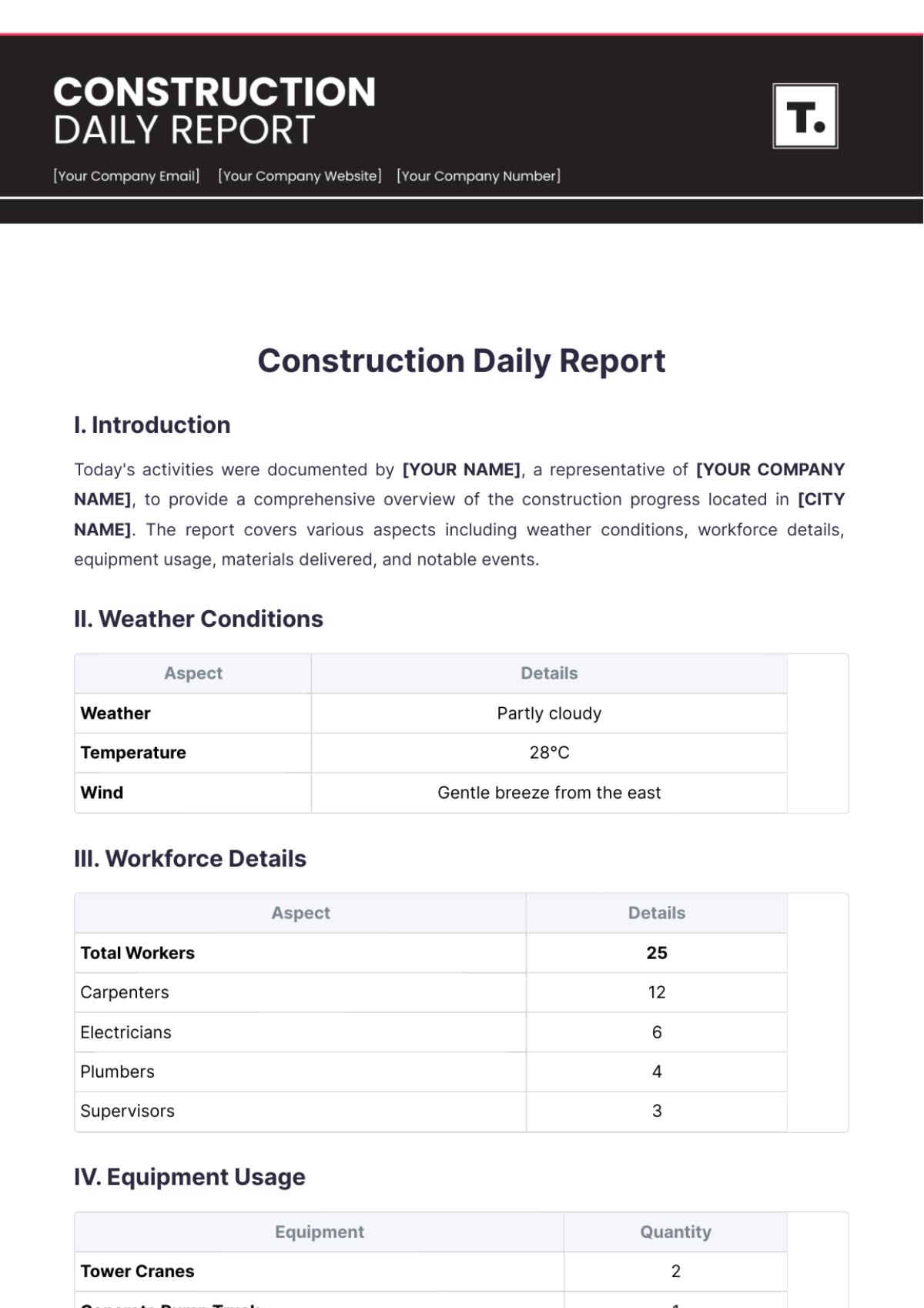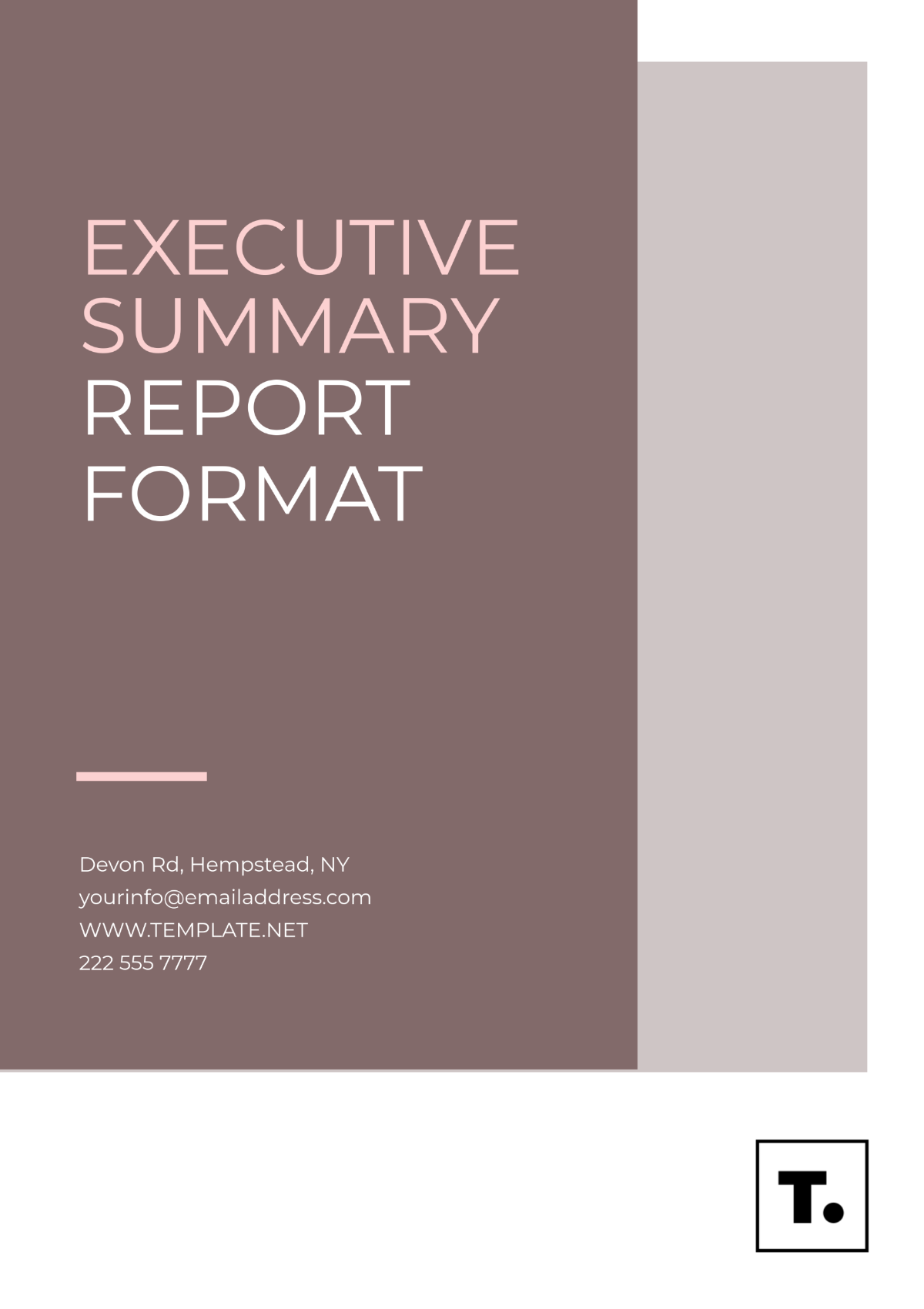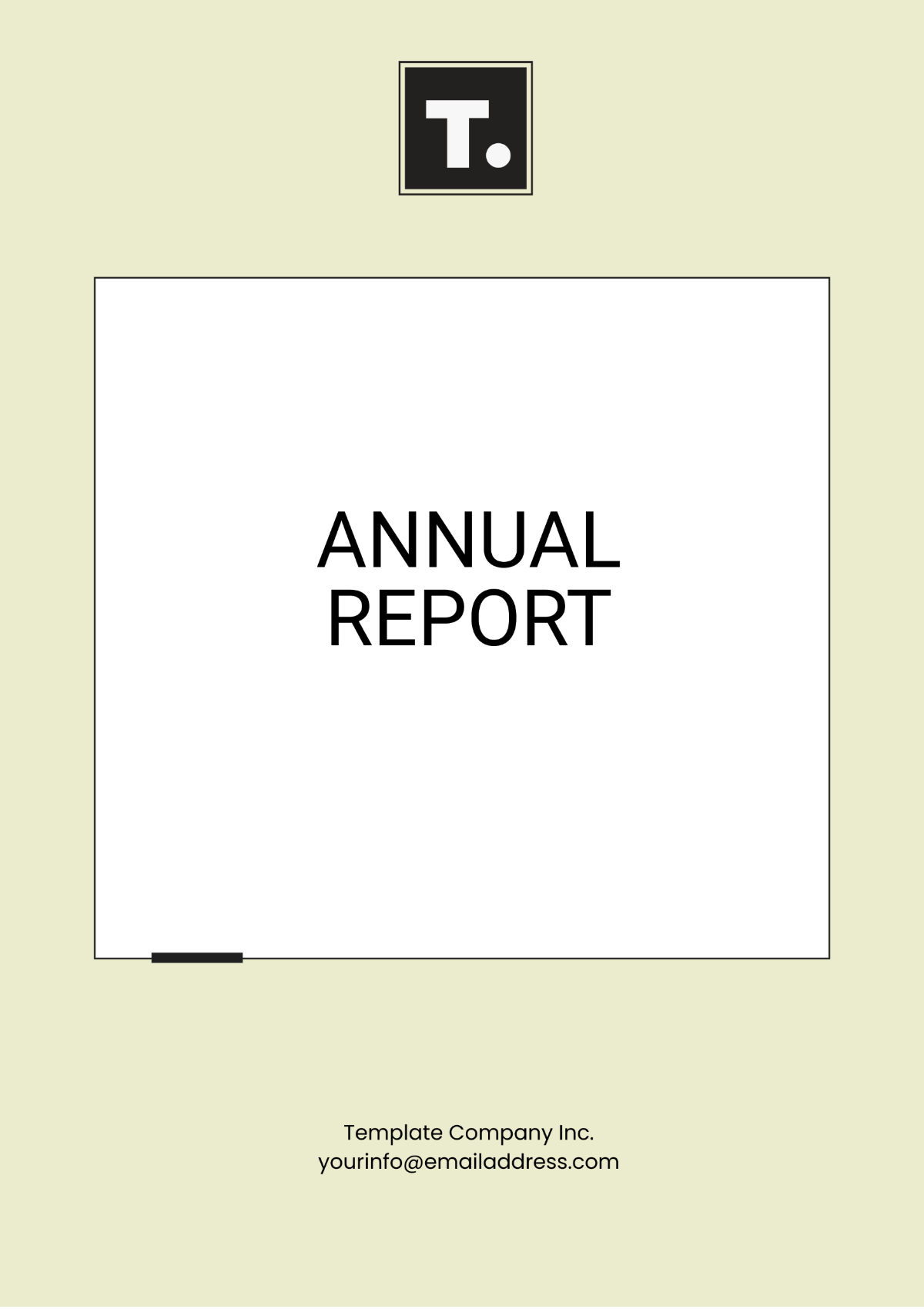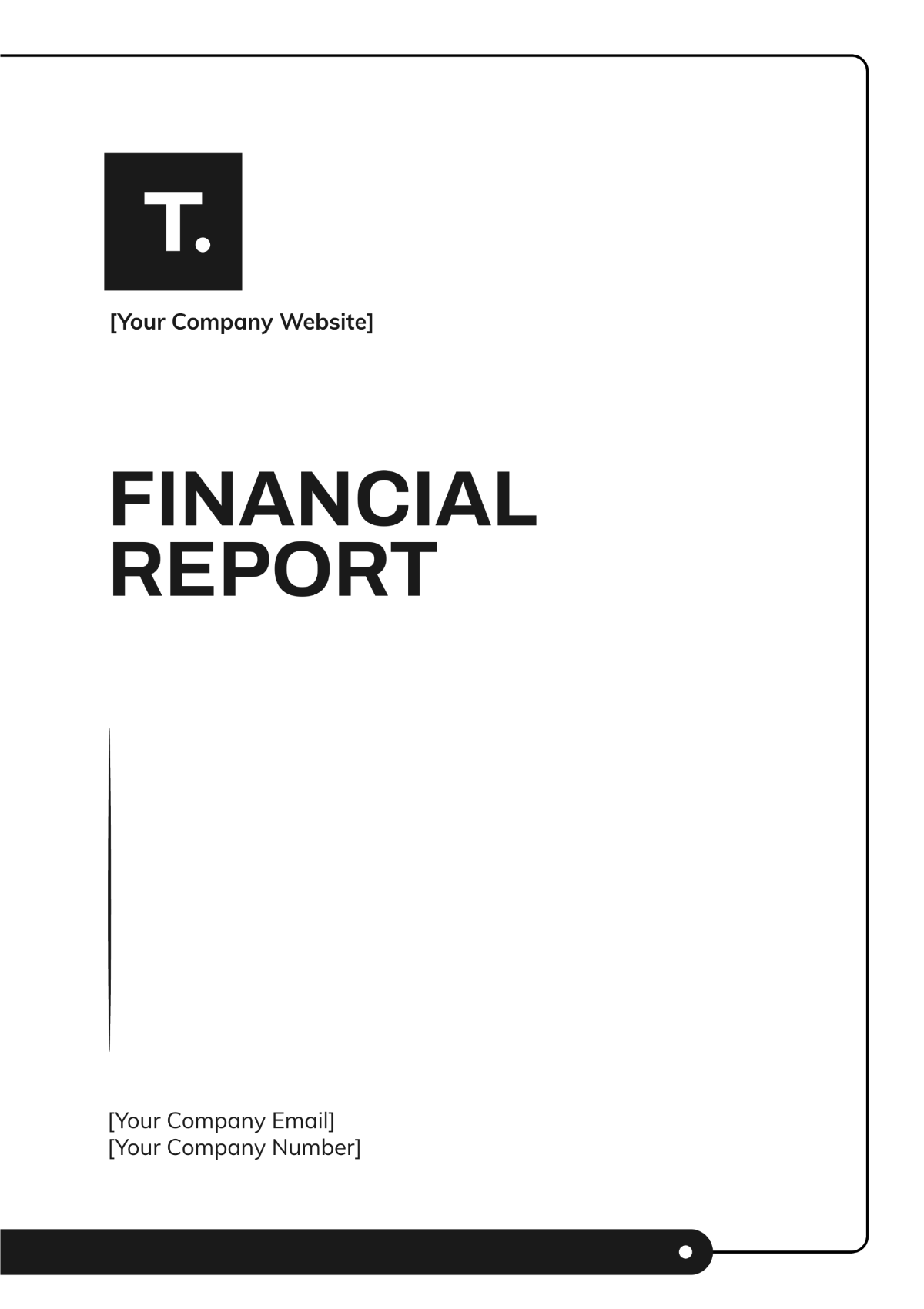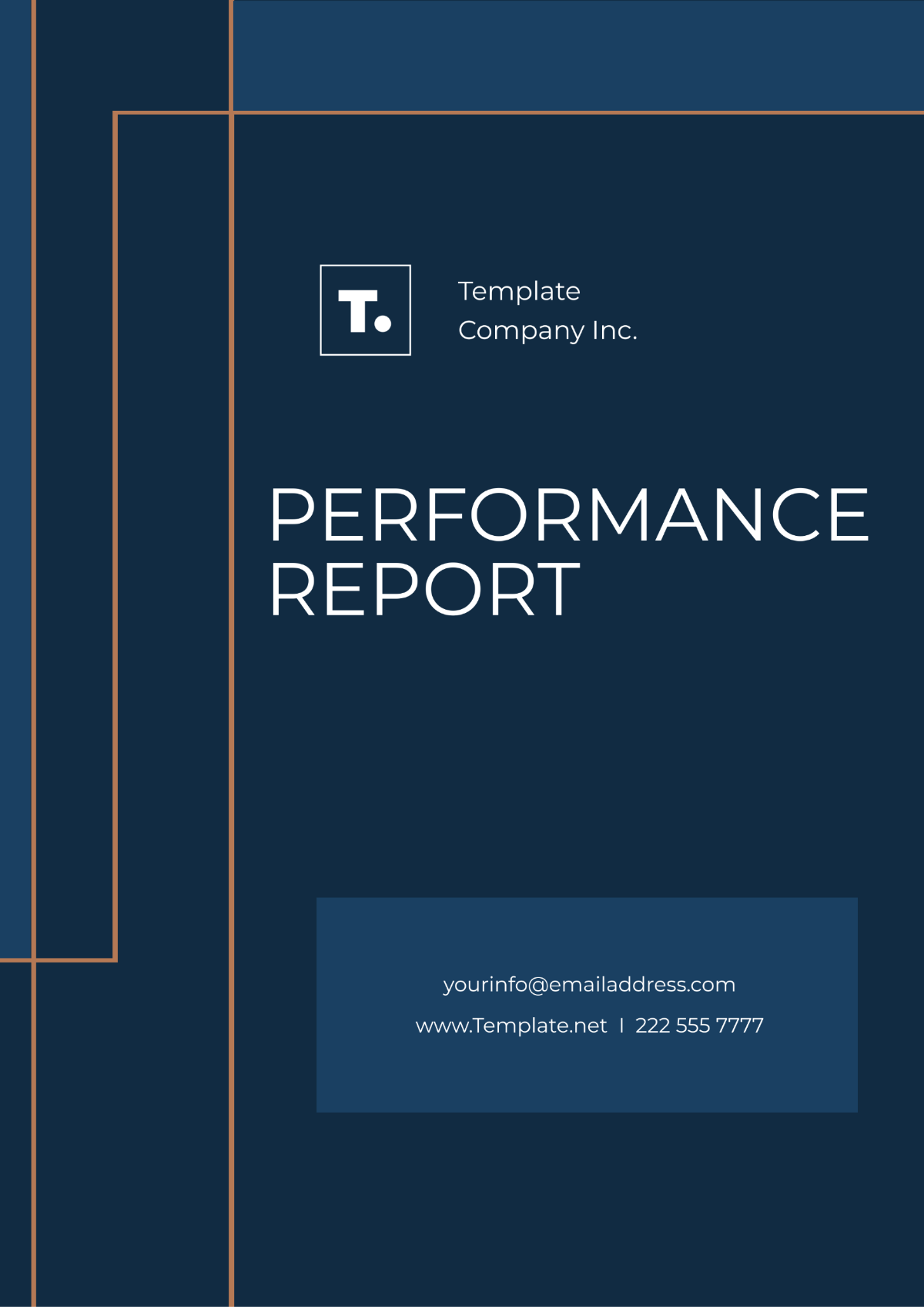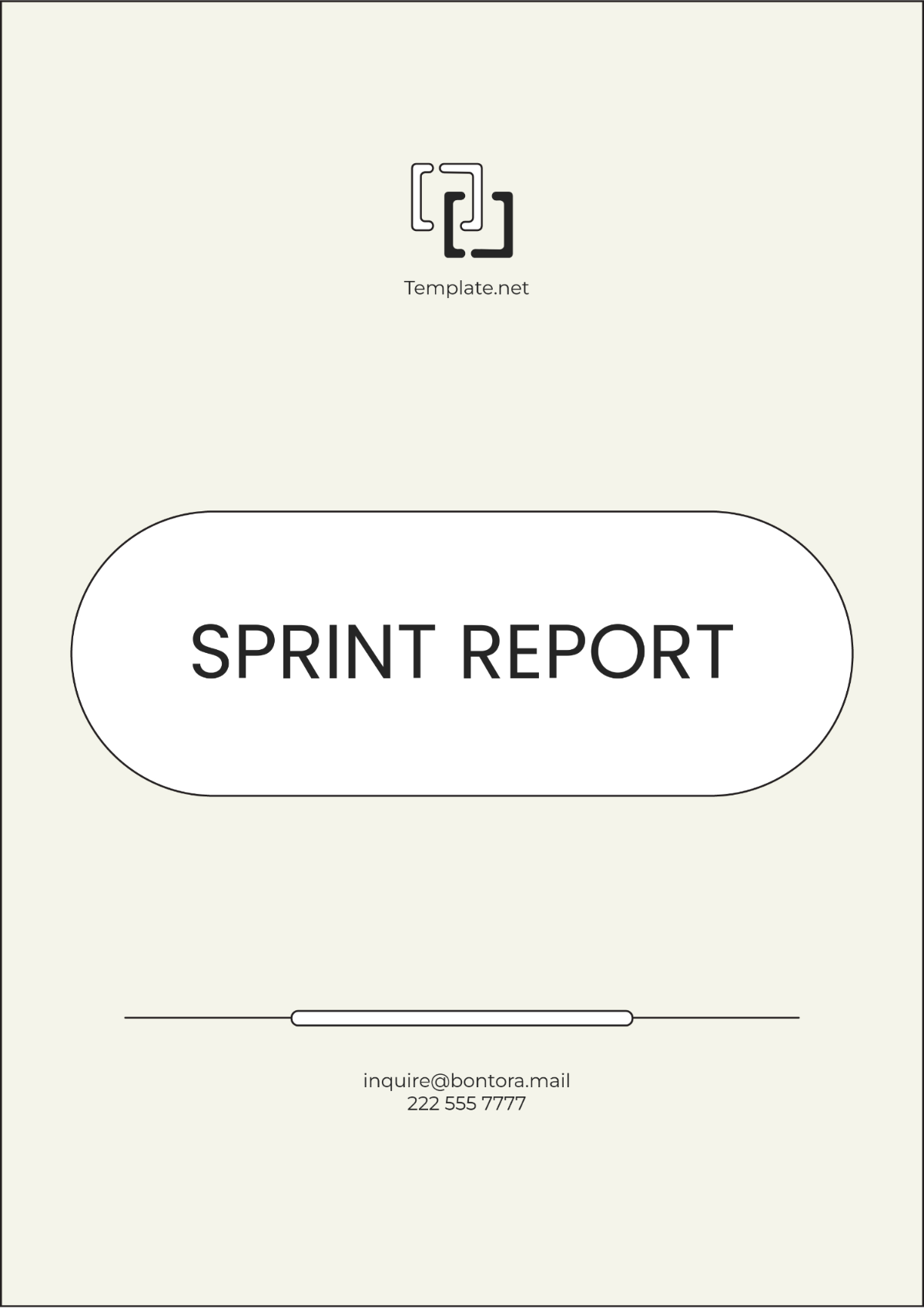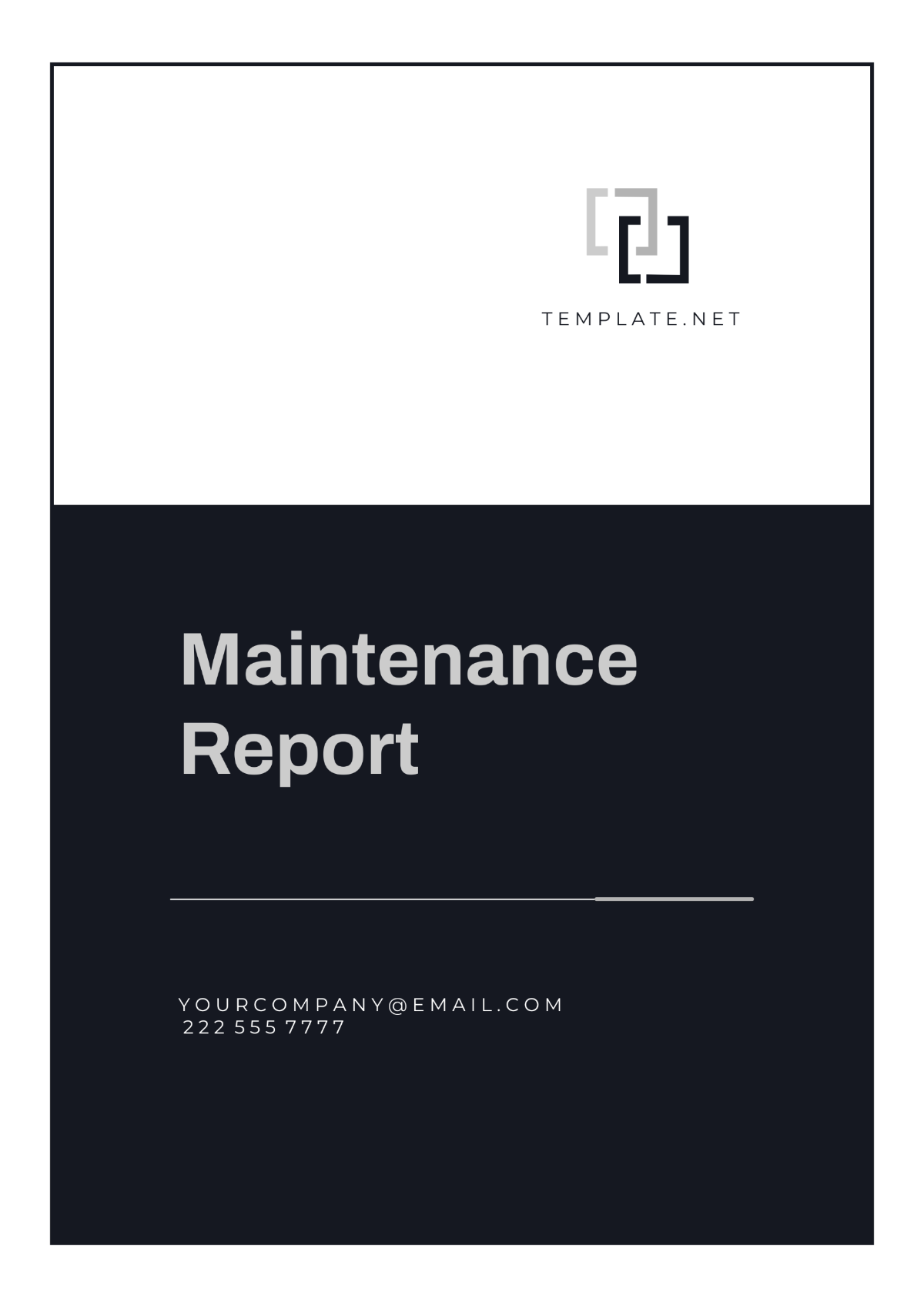Free Student Project Report Template
STUDENT PROJECT REPORT
Prepared By | University | Date Prepared |
|---|---|---|
[Your Name] | [Your Company Name] | [CURRENT DATE] |
I. Abstract
The abstract succinctly summarizes the project's objectives, methodologies, findings, and conclusions. It emphasizes the critical role of renewable energy solutions in mitigating environmental challenges and meeting sustainable energy needs. Additionally, it outlines key recommendations derived from the study, such as implementing solar photovoltaic systems in urban areas and enhancing wind turbine technology for increased efficiency.
II. Acknowledgments
We express our gratitude to [Your Company Name] for providing financial support and resources essential for this project. Special thanks to Jane Doe for their invaluable guidance, expertise, and mentorship throughout the research process. Their insights and feedback significantly contributed to the project's success.
III. List of Figures and Tables
Figures
Figure 1: Solar Photovoltaic System Efficiency Over Time
Figure 2: Wind Turbine Performance Comparison
Figure 3: Energy Consumption Trends in Urban Areas
Tables
Table 1: Renewable Energy Sources and Their Applications
Renewable Energy Source | Applications |
|---|---|
Solar Power | Residential, Commercial, Industrial, Off-grid Systems |
Wind Energy | Onshore and Offshore Wind Farms, Distributed Wind Systems |
Hydroelectricity | Hydropower Plants, Pumped Storage, Run-of-River Systems |
Biomass | Biomass Power Plants, Biofuels, Biogas Production |
Geothermal Energy | Geothermal Power Plants, Direct Use Applications |
Ocean Energy | Wave Energy Converters, Tidal Power Stations |
Table 2: Cost-Benefit Analysis of Renewable Energy Technologies
Renewable Technology | Initial Investment (USD) | Annual Savings (USD) | Payback Period (Years) |
|---|---|---|---|
Solar PV | $10,000 | $2,000 | 5 |
Wind Turbines | $15,000 | $3,500 | 4 |
Hydroelectricity | $20,000 | $5,000 | 4 |
Biomass | $12,000 | $2,800 | 4 |
Geothermal | $25,000 | $6,500 | 4 |
Ocean Energy | $30,000 | $7,000 | 5 |
Table 3: Comparative Analysis of Energy Storage Systems
Energy Storage System | Capacity (kWh) | Efficiency (%) | Cost (USD/kWh) | Lifecycle (Years) |
|---|---|---|---|---|
Lithium-ion Batteries | 100 | 90 | $150 | 10 |
Pumped Hydro Storage | 500 | 80 | $100 | 40 |
Flywheel Systems | 50 | 95 | $200 | 15 |
Compressed Air Energy Storage | 200 | 75 | $120 | 20 |
Thermal Energy Storage | 300 | 85 | $180 | 25 |
IV. List of Abbreviations and Acronyms
PV: Photovoltaic
kWh: Kilowatt-hour
LCOE: Levelized Cost of Electricity
GWh: Gigawatt-hour
CO2: Carbon Dioxide
V. Introduction
The introduction provides a comprehensive overview of global energy challenges, emphasizing the transition towards sustainable energy sources. It outlines the specific objectives of the project, which include evaluating the efficiency of solar photovoltaic systems and analyzing advancements in wind turbine technology. Furthermore, it discusses the relevance of renewable energy solutions in the context of climate change and energy security.
VI. Literature Review
The literature review examines existing research on renewable energy, focusing on solar power, wind energy, biomass, hydroelectricity, and their applications. It discusses recent trends in renewable energy adoption, technological innovations, policy frameworks, and environmental impacts associated with renewable energy solutions. Additionally, it highlights gaps in current research and sets the stage for the project's methodology.
VII. Methodology
The methodology section details the research design, data collection methods, and analytical approaches used in the project. We conducted field surveys to assess the performance of solar panels and wind turbines in real-world conditions. Data analysis involved comparing energy output, efficiency, and cost-effectiveness of different renewable energy technologies. Statistical tools and software were utilized to analyze and interpret the collected data accurately.
VIII. Results and Analysis
Our findings indicate significant improvements in solar photovoltaic system efficiency, with a 20% increase in energy output compared to previous models. Wind turbine performance analysis revealed a 15% enhancement in power generation due to advanced blade designs and control systems. The statistical analysis further confirmed the reliability and validity of the research findings. An in-depth analysis of the results provides insights into the feasibility and scalability of renewable energy solutions in various applications.
IX. Discussion and Interpretation
The discussion interprets the results within the context of renewable energy advancements and sustainability goals. We analyze the implications of our findings for urban energy infrastructure, grid integration challenges, and the potential scalability of renewable energy solutions in meeting growing energy demands. Furthermore, we discuss the socio-economic impacts, policy implications, and technological barriers associated with renewable energy adoption.
X. Conclusion
In conclusion, our project underscores the importance of renewable energy in achieving a greener and more sustainable future. The research outcomes demonstrate solar photovoltaic systems' and wind turbines' feasibility and effectiveness in generating clean energy. We emphasize the need for continued investment, research, and collaboration to accelerate renewable energy adoption globally. The conclusions drawn from this study contribute to the ongoing discourse on renewable energy policy, innovation, and environmental stewardship.
XI. Recommendations
Based on our research outcomes, we recommend strategic investments in solar photovoltaic systems for residential and commercial sectors. Additionally, we propose collaborative initiatives between governments, industries, and research institutions to accelerate renewable energy adoption and facilitate a transition towards a low-carbon economy. Key recommendations include incentivizing renewable energy projects, fostering public-private partnerships, and enhancing energy storage technologies to support renewable integration.
XII. References
International Energy Agency. (2023). Global Renewable Energy Outlook.
National Renewable Energy Laboratory. (2022). Wind Energy Technologies.
United Nations. (2021). Sustainable Development Goals Report.
Intergovernmental Panel on Climate Change. (IPCC). (2022). Special Report on Renewable Energy Sources and Climate Change Mitigation.
XIII. Appendices
Appendix A: Survey Questionnaire on Renewable Energy Awareness
Appendix B: Detailed Technical Specifications of Solar Panels and Wind Turbines
Appendix C: Energy Production Data Analysis
Appendix D: Economic Analysis Models
Appendix E: Stakeholder Interviews Summary



